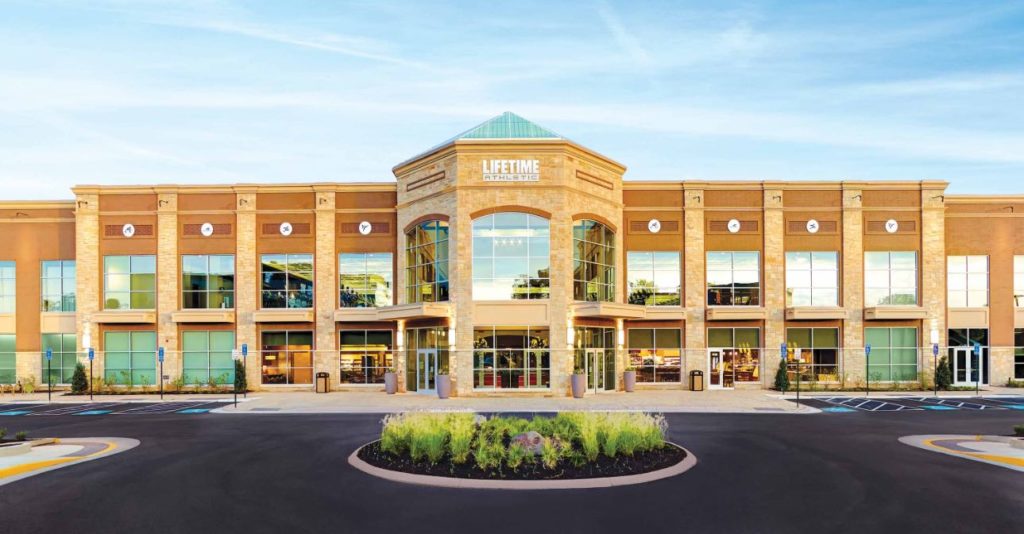Reporting Q1 2022 earnings, premium health club operator Life Time saw revenue jump 57.3% as members flock back to the gym.
Inside the Call
Back in its FY21 earnings call in March, CEO Bahram Akradi set out plans for a growth strategy, pursuing an “athletic country club” appeal.
Kicking off a multi-pronged strategy of property investment (like recruiting talented trainers and going in on pickleball) and pricing changes, the recent numbers suggest everything’s on track.
By the numbers:
- Total revenue increased 57.3% to $392.3M, from $249.3M in Q1’21.
- Comparable center sales increased 50.3% YoY.
- Life Time opened two new centers, with 10 more planned to open in 2021.
- Its sale-leaseback of four properties netted $175M in cash, with further plans to monetize up to $500M worth of real estate before September.
Between the lines: Beyond the top line, the biggest development is in membership growth. Life Time reported center memberships as of March 31 were 673,983, up 23.8% from the year prior (544,216).
More impressive, Q1’22 growth was 24,610, in line with the wider industry surge back to brick-and-mortar fitness. But that doesn’t tell the full story.
In Q1 2021, COVID cases were high. In response, Life Time allowed gym members to pause their membership for up to four months by converting it to their $15/mo. digital membership.
Comparing YoY Q1 data, in March 2021, 196,746 had a Life Time Digital membership. As members return to in-person exercise, that number is now 70,289.
Takeaway: Life Time is riding high, but it appears much of its recent success has come from re-monetizing membership dues and refinancing property. Still, a strategy that consistently takes the premium experience to a new level—like at its forthcoming Brooklyn Tower development—is going to win on retention in the long term.






